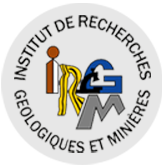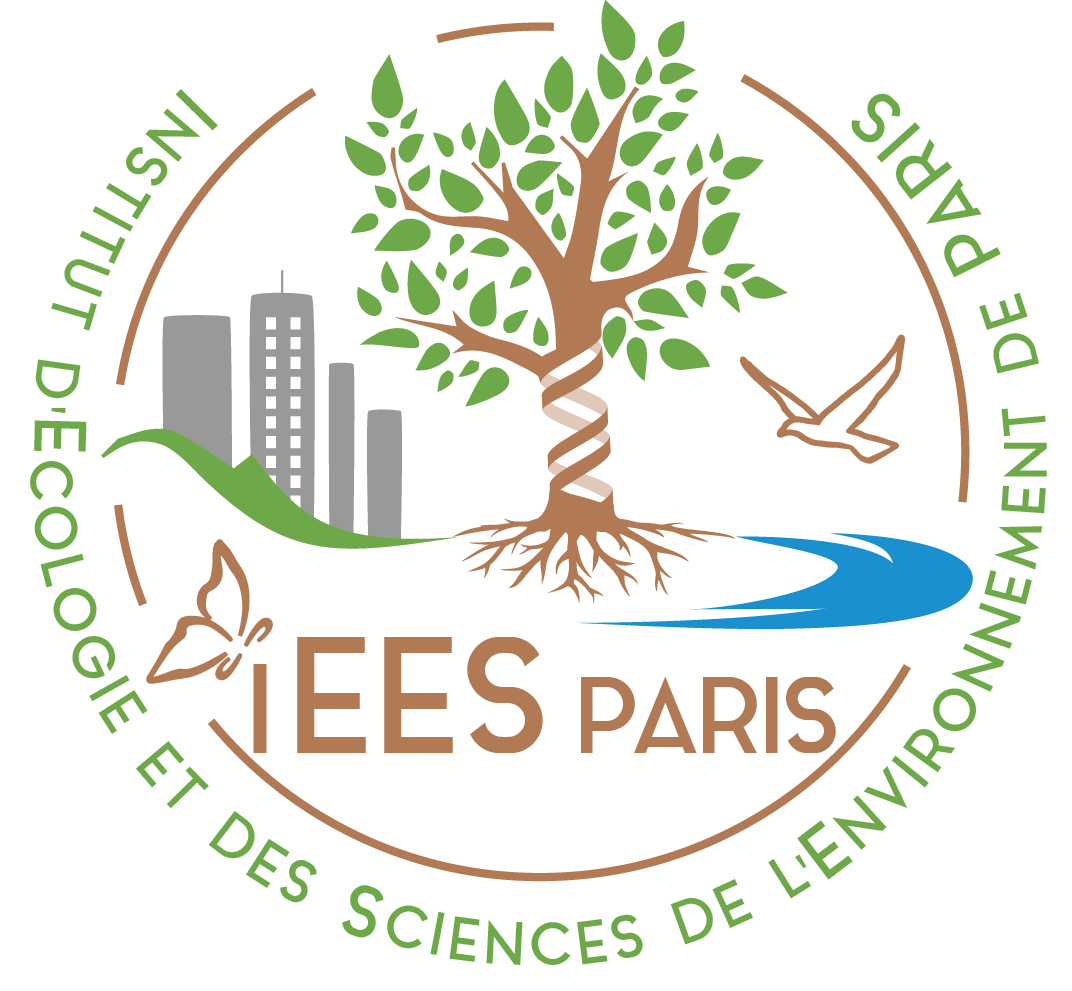Decay Rate of Escherichia coli in a Mountainous Tropical Headwater Wetland
Fecal indicator bacteria like Escherichia coli (E. coli) are widely used to assess water contamination, but their behavior in tropical ecosystems is poorly documented. The main objectives of this study led by Paty Nakhle, PhD student at GET in collaboration with iEES Paris, were to: (i) evaluate decay rates (k) of the total, particle-attached and free-living E. coli; (ii) quantify the relative importance of solar radiation exposition and suspended particles deposition on k; and (iii) investigate E. coli survival in the deposited sediment. Using mesocosms installed across the main headwater wetland of the Houay Pano catchment, northern Lao PDR, the study showed that decay rates ranged from 1.43 ± 0.15 to 1.17 ± 0.13 day−1 for sediment deposition treatments (light and dark), and from 0.50 ± 0.15 to -0.14 ± 0.37 day−1 for sediment resuspension treatments (light and dark). Deposition processes accounted for an average of 92% of E. coli stock reduction. The sampling of E. coli by temporary resuspension of the deposited sediment showed k values close to zero, suggesting potential survival or even growth of bacteria in the sediment.
The paper was published open access in the Water journal.

















